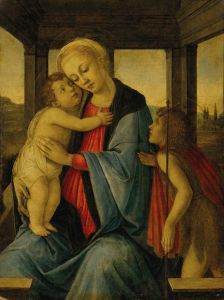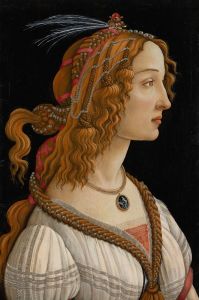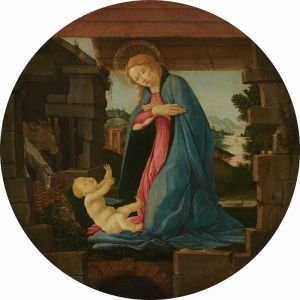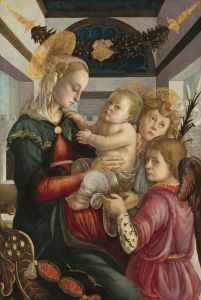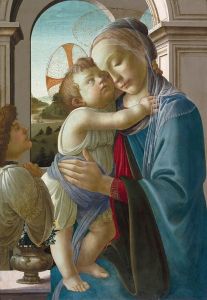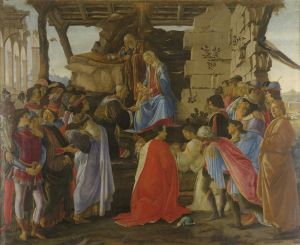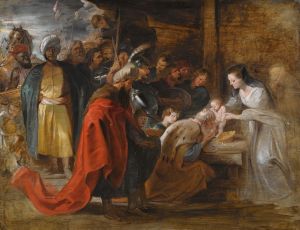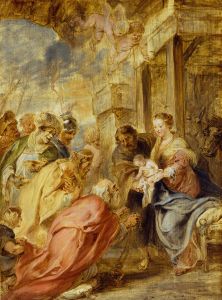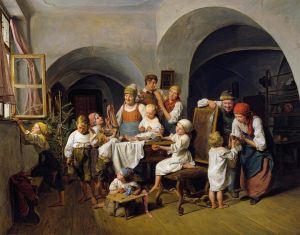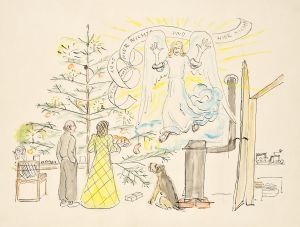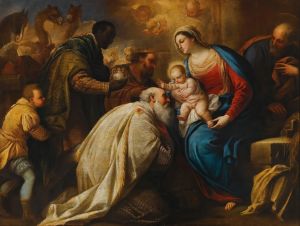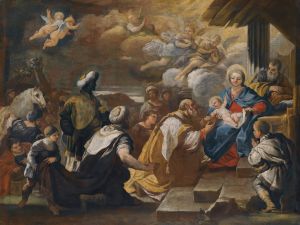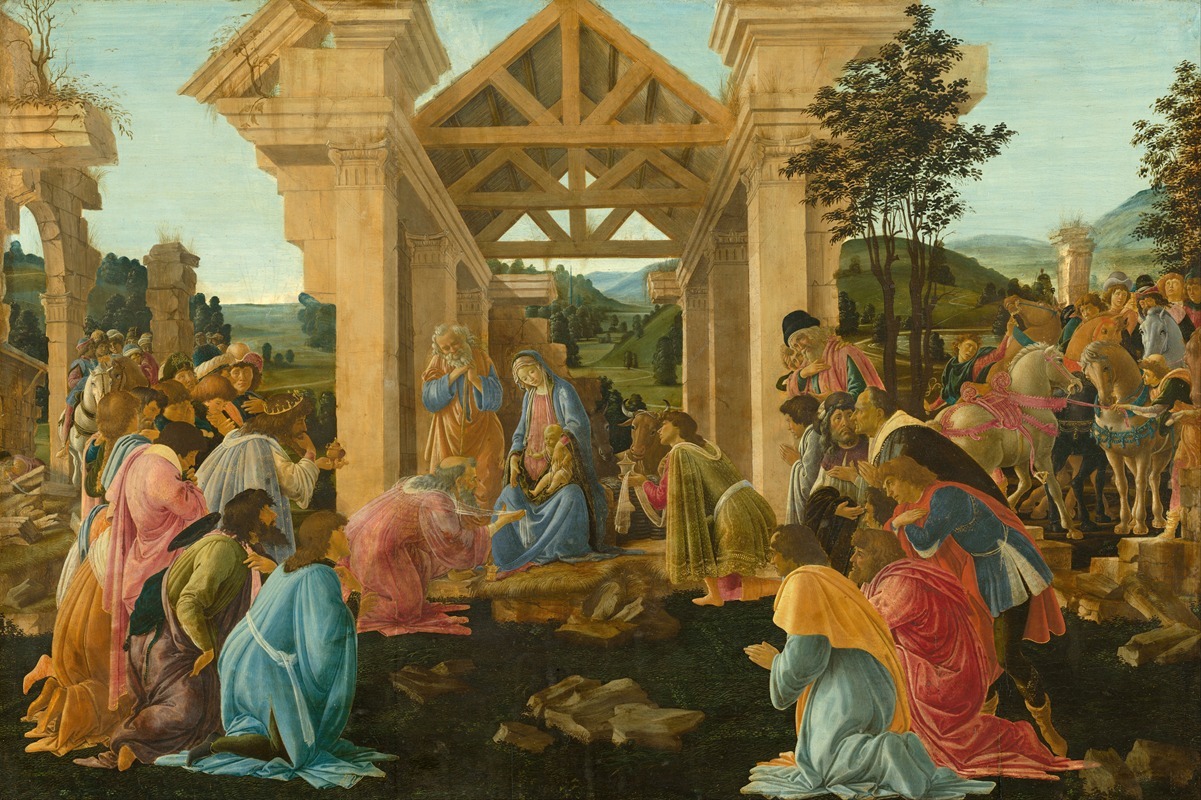
The Adoration Of The Magi
A hand-painted replica of Sandro Botticelli’s masterpiece The Adoration Of The Magi, meticulously crafted by professional artists to capture the true essence of the original. Each piece is created with museum-quality canvas and rare mineral pigments, carefully painted by experienced artists with delicate brushstrokes and rich, layered colors to perfectly recreate the texture of the original artwork. Unlike machine-printed reproductions, this hand-painted version brings the painting to life, infused with the artist’s emotions and skill in every stroke. Whether for personal collection or home decoration, it instantly elevates the artistic atmosphere of any space.
The Adoration of the Magi is a renowned painting by the Italian Renaissance artist Sandro Botticelli. This artwork, created around 1475-1476, is one of Botticelli's most celebrated pieces and is housed in the Uffizi Gallery in Florence, Italy. The painting is a prime example of the Renaissance interest in classical themes and humanism, showcasing Botticelli's mastery in composition, color, and detail.
The painting depicts the biblical scene of the Adoration of the Magi, where the three wise men visit the newborn Jesus, presenting him with gifts of gold, frankincense, and myrrh. This subject was a popular theme in Renaissance art, symbolizing the recognition of Christ's divinity by the Gentiles. Botticelli's interpretation is notable for its inclusion of contemporary figures, blending sacred and secular elements.
In the composition, the Virgin Mary is seated in the center, holding the infant Jesus. They are surrounded by the Magi, who are depicted in various stages of reverence and gift-giving. Joseph stands nearby, observing the scene. The figures are arranged in a pyramidal composition, a common technique in Renaissance art to create a sense of stability and focus. The background features classical ruins, a nod to the Renaissance fascination with antiquity and the revival of classical learning.
One of the most interesting aspects of Botticelli's Adoration of the Magi is the inclusion of portraits of prominent members of the Medici family, who were Botticelli's patrons. The Medici were a powerful and influential family in Florence, known for their patronage of the arts. In the painting, Cosimo de' Medici, also known as Cosimo the Elder, is depicted as one of the Magi. His sons, Piero and Giovanni, are also included in the scene. Additionally, Botticelli included a self-portrait; he is believed to be the figure on the far right, gazing out at the viewer.
The painting is celebrated for its rich color palette and intricate details. Botticelli's use of tempera on panel allows for vibrant colors and fine brushwork, evident in the elaborate costumes of the figures and the delicate rendering of their expressions. The attention to detail extends to the landscape and architectural elements, which provide a harmonious backdrop to the central figures.
Botticelli's Adoration of the Magi reflects the artistic and cultural milieu of Florence during the late 15th century. It exemplifies the fusion of religious themes with contemporary portraiture and classical references, characteristic of the Renaissance. The painting not only serves as a devotional image but also as a testament to the Medici's influence and Botticelli's artistic prowess.
Overall, The Adoration of the Magi by Sandro Botticelli remains a significant work in the history of art, admired for its beauty, complexity, and historical context. It continues to attract scholars and art enthusiasts, offering insights into the religious, cultural, and political landscape of Renaissance Florence.





